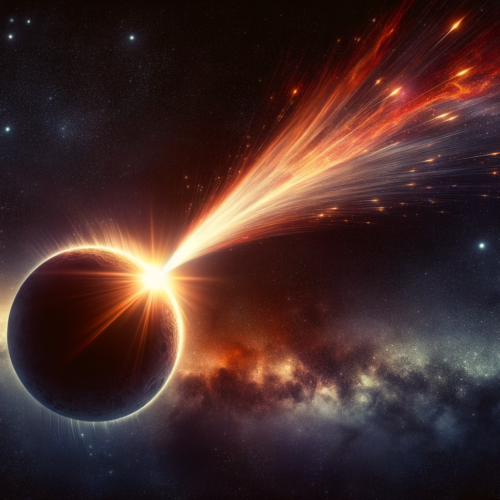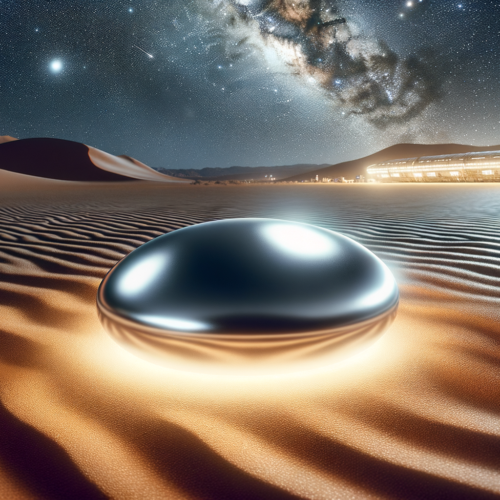The Cosmic Curtain Call: Debunking Eclipse Myths and Embracing Celestial Wonder
- The next total solar eclipse in the U.S. is not until August 2044, making Monday’s event a must-see marvel across Mexico, Texas, and 14 other U.S. states.
- Despite social media buzz, there’s no scientific evidence to support the myths that eclipses cause earthquakes, harm pregnant women, emit harmful rays, poison food, or make it safe to stare at the sun without protection.
- Proper eclipse viewing glasses are essential for safely enjoying the spectacle, with several U.S. retailers providing them for free.
Unveiling the Truth Behind Eclipse Myths
As the moon prepares to take center stage and draw a veil over the sun, turning day into twilight, millions across North America are gearing up to witness a celestial phenomenon that’s as rare as it is breathtaking. With the next such event not due for another two decades, the excitement is palpable. However, amidst the anticipation, a few myths have cast their own shadow over the forthcoming total solar eclipse.
Myth vs. Reality: Shaking the Grounds of Misconception
One of the more ground-shaking myths circulating on the digital ether suggests that the eclipse will unleash a series of earthquakes across the U.S. However, Earth’s tectonic ballet operates independently of our lunar neighbor’s dance across the sun. Gavin Hayes from the United States Geological Survey assures us that the shifting of tectonic plates and the seismic activities they cause bear no relation to the solar eclipse.
Dispelling Darkness: The Light of Fact
Concerns have also been raised about potential harms to pregnant women and the unfounded fear of eclipses emitting harmful radiation. In both cases, science provides a beacon of truth. NASA confirms that neither the mother nor the child within are at risk from watching this cosmic event. Similarly, the idea that the eclipse’s corona could poison our food or harm our eyes with mysterious rays is nothing more than a narrative bound by superstition, not science.
Viewing Safety: Protecting Your Celestial Gaze
The real caution to heed is protecting one’s eyes when witnessing this spectacle. The myth that it’s safe to stare at the eclipse is perhaps the most dangerous. Solar eclipse viewing glasses are a must to enjoy the event without risking retinal damage. Thankfully, outlets across the country, from Warby Parker to your local Sonic Drive-In, are distributing these glasses free of charge, ensuring that everyone can partake in this cosmic ballet safely.
Jon’s Take
As we stand on the threshold of witnessing a total solar eclipse, it’s essential to approach it with wonder but also with wisdom. In debunking the myths that have flitted about like moths to a flame, we allow ourselves to fully engage with the awe-inspiring beauty of our universe’s dance. And remember, while the eclipse might momentarily dim the day, it shines a light on our ever-present quest for knowledge. After all, the truth isn’t just out there – it’s right here, in the protective embrace of science and the shared marvel of our celestial surroundings.
Original Article




